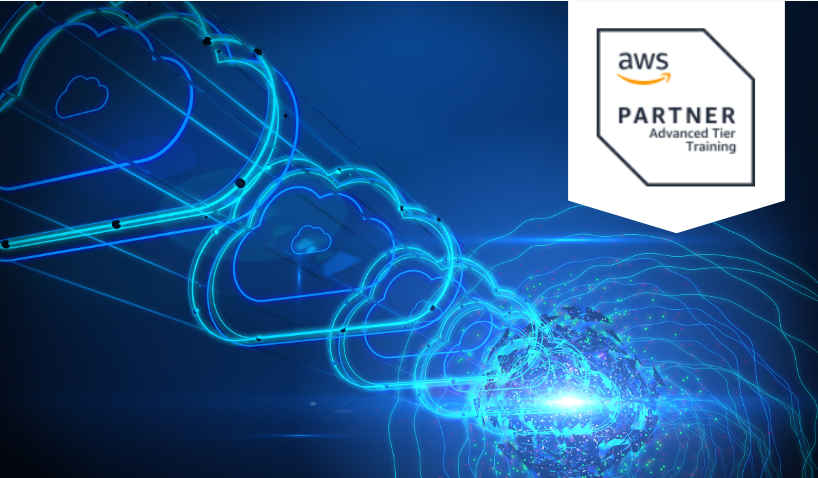Day 1
Module 1: Security Overview and Review
Explain Security in the AWS Cloud.
Explain AWS Shared Responsibility Model.
Summarize IAM, Data Protection, and Threat Detection and Response.
State the different ways to interact with AWS using the console, CLI, and SDKs.
Describe how to use MFA for extra protection.
State how to protect the root user account and access keys.
Module 2: Securing Entry Points on AWS
Describe how to use multi-factor authentication (MFA) for extra protection.
Describe how to protect the root user account and access keys.
Describe IAM policies, roles, policy components, and permission boundaries.
Explain how API requests can be logged and viewed using AWS CloudTrail and how to view and analyze access history.
Hands-On Lab: Using Identity and Resource Based Policies.
Module 3: Account Management and Provisioning on AWS
Explain how to manage multiple AWS accounts using AWS Organizations and AWS Control Tower.
Explain how to implement multi-account environments with AWS Control Tower.
Demonstrate the ability to use identity providers and brokers to acquire access to AWS services.
Explain the use of AWS IAM Identity Center (successor to AWS Single Sign-On) and AWS Directory Service.
Demonstrate the ability to manage domain user access with Directory Service and IAM Identity Center.
Hands-On Lab: Managing Domain User Access with AWS Directory Service
Day 2
Module 4: Secrets Management on AWS
Describe and list the features of AWS KMS, CloudHSM, AWS Certificate Manager (ACM), and AWS Secrets Manager.
Demonstrate how to create a multi-Region AWS KMS key.
Demonstrate how to encrypt a Secrets Manager secret with an AWS KMS key.
Demonstrate how to use an encrypted secret to connect to an Amazon Relational Database Service (Amazon RDS) database in multiple AWS Regions
Hands-on lab: Lab 3: Using AWS KMS to Encrypt Secrets in Secrets Manager
Module 5: Data Security
Monitor data for sensitive information with Amazon Macie.
Describe how to protect data at rest through encryption and access controls.
Identify AWS services used to replicate data for protection.
Determine how to protect data after it has been archived.
Hands-on lab: Lab 4: Data Security in Amazon S3
Module 6: Infrastructure Edge Protection
Describe the AWS features used to build secure infrastructure.
Describe the AWS services used to create resiliency during an attack.
Identify the AWS services used to protect workloads from external threats.
Compare the features of AWS Shield and AWS Shield Advanced.
Explain how centralized deployment for AWS Firewall Manager can enhance security.
Hands-on lab: Lab 5: Using AWS WAF to Mitigate Malicious Traffic
Day 3
Module 7: Monitoring and Collecting Logs on AWS
Identify the value of generating and collecting logs.
Use Amazon Virtual Private Cloud (Amazon VPC) Flow Logs to monitor for security events.
Explain how to monitor for baseline deviations.
Describe Amazon EventBridge events.
Describe Amazon CloudWatch metrics and alarms.
List log analysis options and available techniques.
Identify use cases for using virtual private cloud (VPC) Traffic Mirroring.
Hands-on lab: Lab 6: Monitoring for and Responding to Security Incidents
Module 8: Responding to Threats
Classify incident types in incident response.
Understand incident response workflows.
Discover sources of information for incident response using AWS services.
Understand how to prepare for incidents.
Detect threats using AWS services.
Analyze and respond to security findings.
Hands-on lab: Lab 7: Incident Response
Day 4
AWS Jam
Participate in team-based challenges in a real AWS environment
Compete with your colleagues in a gamified, hands-on learning experience
Apply your learning from the course on various AWS services


